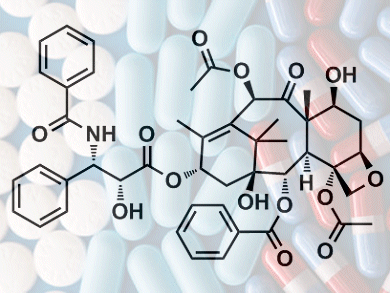Nanoparticle-based drug delivery systems deliver therapeutic compounds to target tissues in a controlled, precise manner. Nevertheless, drugs can leak from their nanocarriers and, therefore, they can be prematurely released, thereby inducing toxic side effects.
To circumvent this problem, Wei Huang and colleagues, Virginia Tech, USA, loaded the chemotherapeutic drug paclitaxel into single walled carbon nanohorns (SWNH), namely horn-shaped aggregates of graphene sheets. Next, the scientists encapsulated the nanohorns into liposomes, lipid bilayers made of 1,2-dioleoyl-sn-glycero-3-phosphoethanolamine (DOPE). These liposomes target breast cancer cells and accumulate in their lysosomes, intracellular organelles characterized by an acidic environment.
As DOPE is a pH-sensitive phospholipid, once the nanoparticles reach the lysosomes, the liposomes break and release the drug. As a consequence, the liposomes prevented premature release of paclitaxel as they served as a tunable barrier that confined the drug molecules before they entered tumor cells.
- Assembly of Bio-Nanoparticles for Double Controlled Drug Release,
Joseph J. Barchi, Wei Huang, Jianfei Zhang, Harry C. Dorn, Chenming Zhang,
PLoS ONE 2013, 8, e74679.
DOI: 10.1371/journal.pone.0074679



